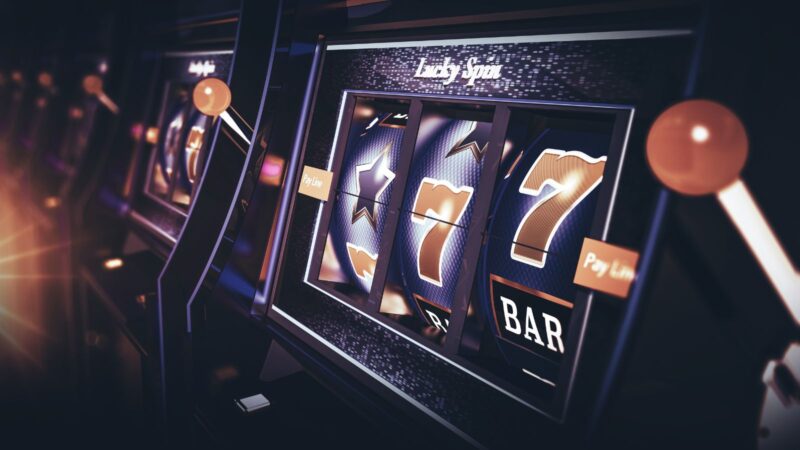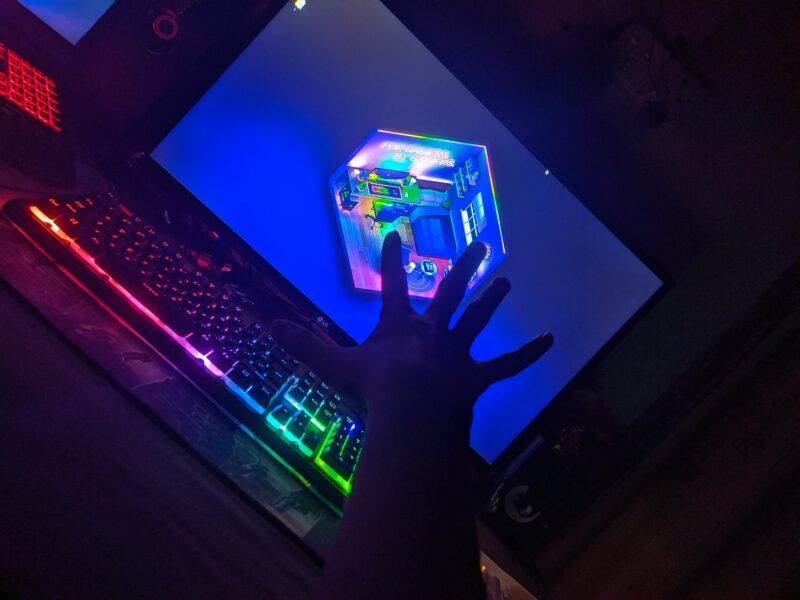
The introduction of the official World of Warcraft (WoW) character boost service has sparked a lively debate in the gaming community. One of the central questions is how this service impacts the dynamics between casual and hardcore players, especially within guild environments. Does it serve as a bridge, allowing more players to engage in high-level content, or does it create a wider chasm, diluting the sense of accomplishment that comes with traditional leveling?
The Intent Behind Boosting Services
Blizzard introduced character boosts as a way to help players catch up with others, which is particularly beneficial for those who have less time to invest in the game. For casual players, this service is a boon. It allows them to skip the often-grueling process of leveling and jump straight into more advanced content, which is typically where the community is most active. From this perspective, boosting can be seen as a tool that democratizes access to high-level play.
Third-Party Boosting Providers
The existence of third-party boosting providers in games like World of Warcraft represents a controversial aspect of modern online gaming. These services, operating outside the official game framework, offer players fast and easy leveling in WoW, or a shortcut to acquire high-level gear, achievements, or even complete difficult content like raids or dungeons, in exchange for real money. While appealing to those who wish to fast-track their progress or lack the time to play through the game’s challenges, these services often undermine the core principles of fair play and the intrinsic reward system designed by the game developers.

This grey market highlights the differing perspectives and desires within the gaming community, between those seeking to preserve the integrity of the gaming experience and those looking for a more expedited path to success.
The Hardcore Player’s Perspective
For hardcore players, who often pride themselves on the time and effort invested in leveling and mastering their characters, the boost service can be a point of contention. There’s a sense of pride and accomplishment in the journey from a fledgling adventurer to a seasoned veteran. These players may view boosted characters as having bypassed a crucial part of the WoW experience, leading to potential friction within guilds.
Guild Dynamics and Raid Composition
In guilds, the mix of boosted and traditionally-leveled players can lead to complex dynamics, particularly when organizing raids and other group activities. Guild leaders often face the challenge of balancing these two groups. Boosted players might lack the experience or understanding of game mechanics that come from the leveling process, which can be critical in high-stakes raid environments. This disparity can lead to frustration on both sides – with hardcore players feeling held back, and casual players feeling out of their depth.
Bridging the Knowledge Gap
The key to mitigating the divide lies in how guilds onboard and integrate boosted players. Guilds that invest in training and mentoring can help bridge the knowledge gap. This approach not only enhances group performance but also fosters a sense of community and belonging. It encourages casual players to deepen their understanding of the game and helps hardcore players appreciate the diverse perspectives within their guild.
The Social Aspect
WoW is, at its heart, a social game. The introduction of boost services changes the social dynamics within guilds. On one hand, it allows players with limited playtime to remain part of the community, ensuring that guilds retain a broader membership base.

On the other hand, it can create a divide between those who have ‘earned’ their status and those perceived to have taken a shortcut. Managing these perceptions is crucial for maintaining a harmonious guild environment.
Fair Play and the Perception of Achievement
One of the underlying themes in the boosting debate is the perception of fairness and achievement. Boosted players can access high-level gear and content, which might take traditional players weeks or months to attain. This disparity can lead to a sense of unfairness and undermine the achievements of hardcore players. Guilds need to navigate these perceptions carefully, ensuring that all members feel valued and recognized for their contributions, regardless of their path to high-level play.
Conclusion
In conclusion, the WoW boost service is a double-edged sword. While it enables casual players to engage with content they might otherwise never see, it also risks creating divisions within the game’s community. The challenge for guilds is to find ways to integrate both groups, recognizing the value each brings to the table. By focusing on community-building, education, and fair play, guilds can turn a potential dividing line into a unifying force. Ultimately, the success of this service will depend on the community’s ability to adapt and embrace the diverse playstyles and commitments of its members. In a world as vast and varied as Azeroth, there should be room for all types of heroes, whether they’ve climbed every mountain or used a little magic to soar to the top.











